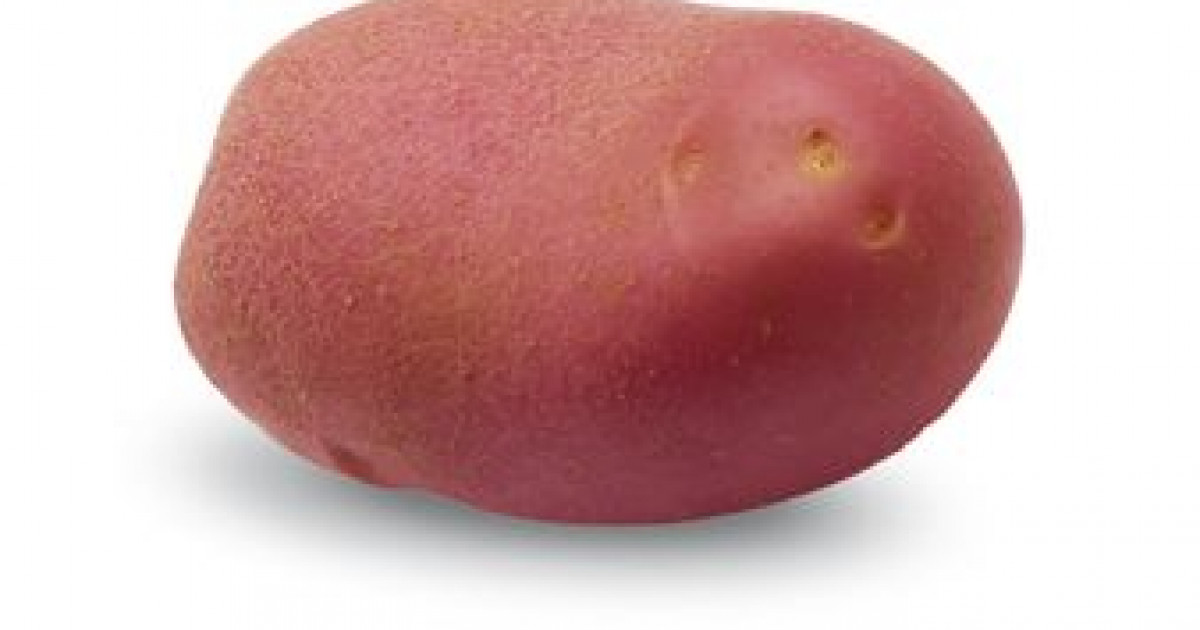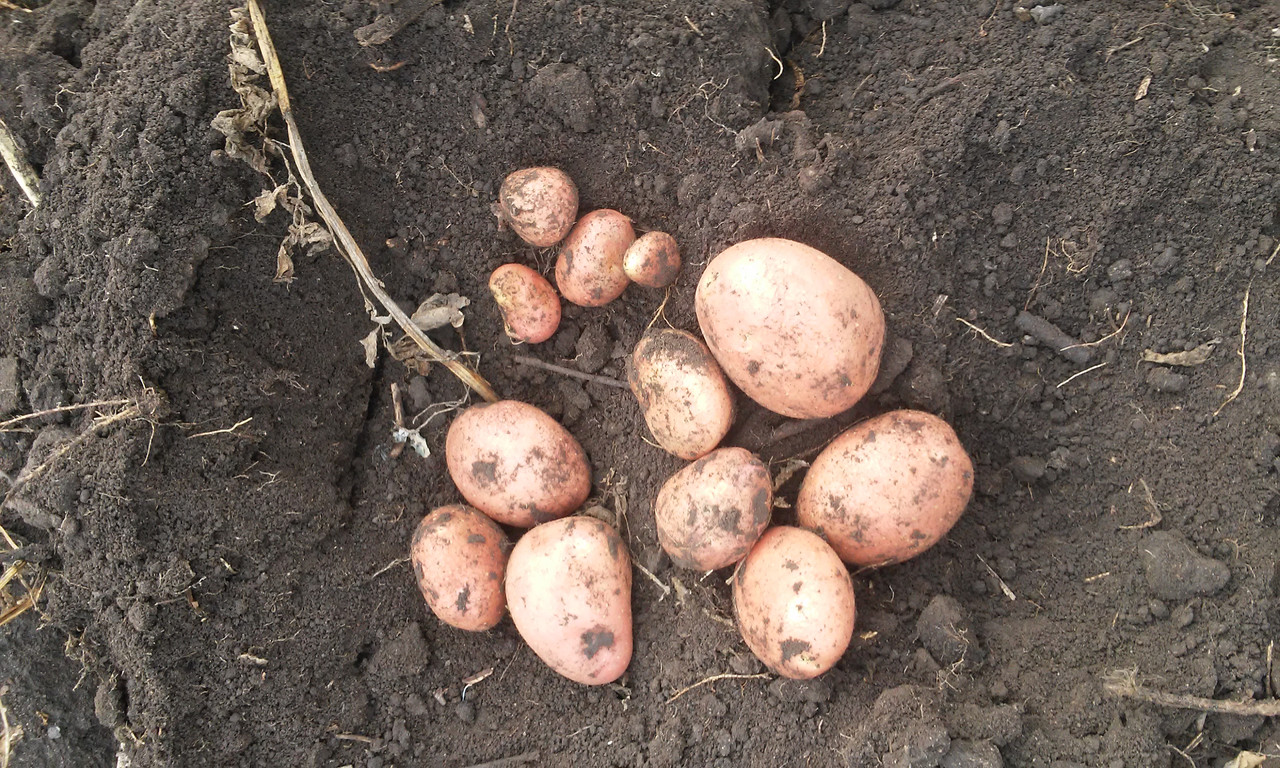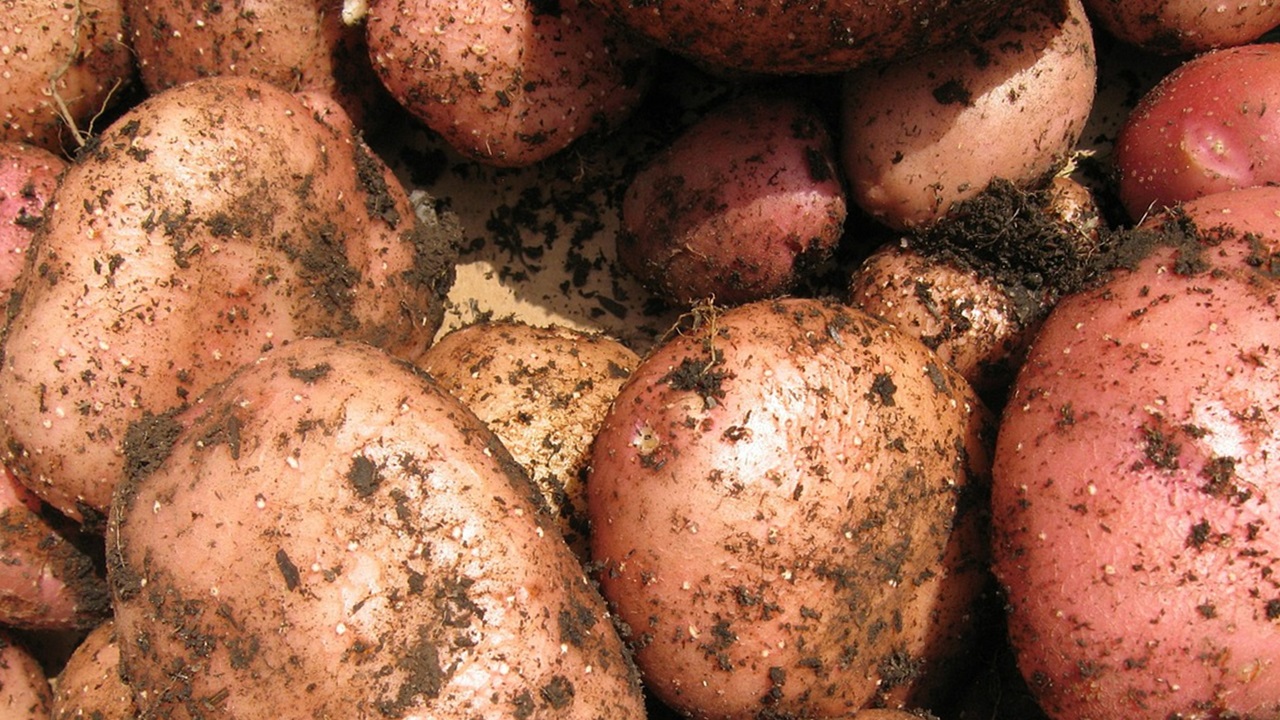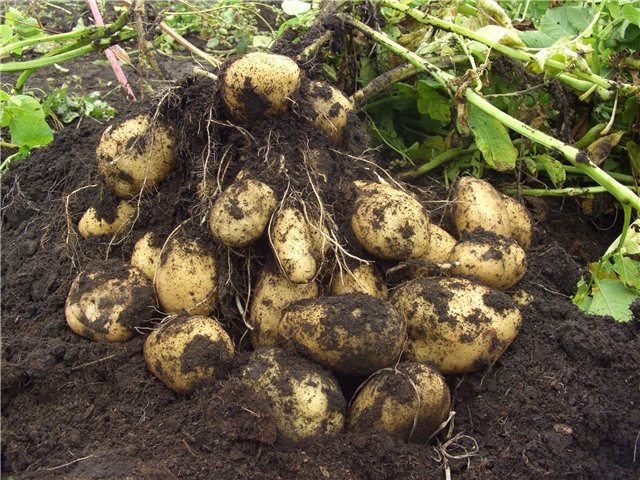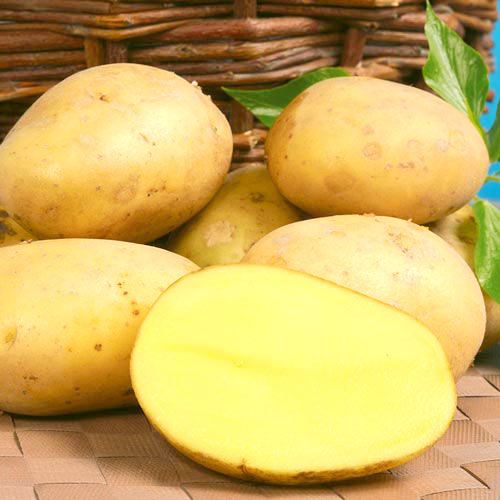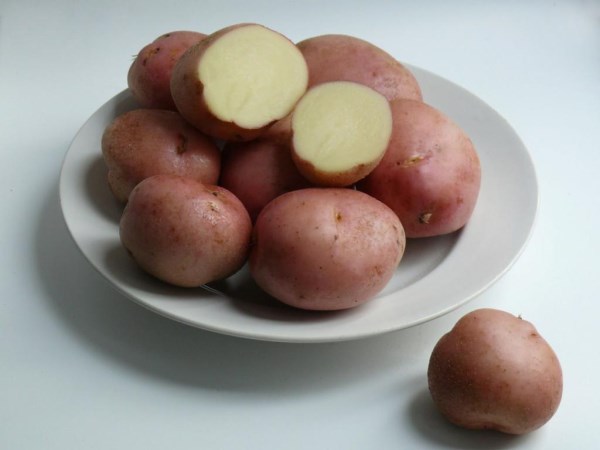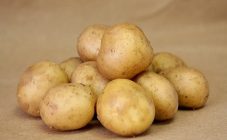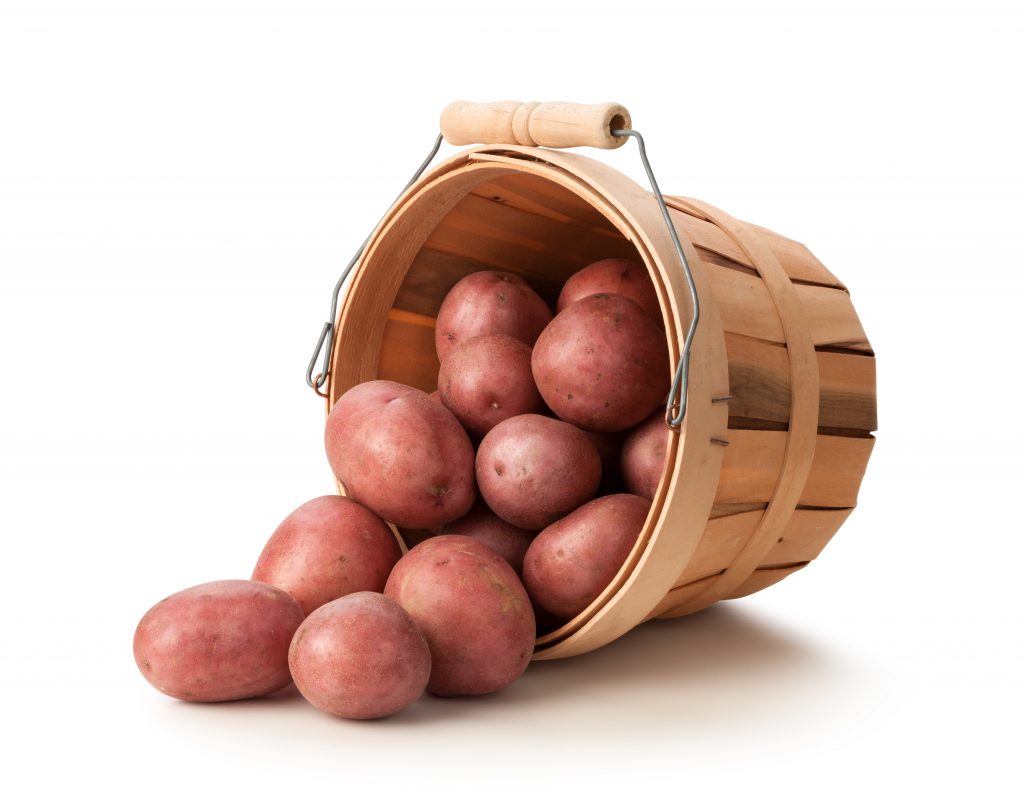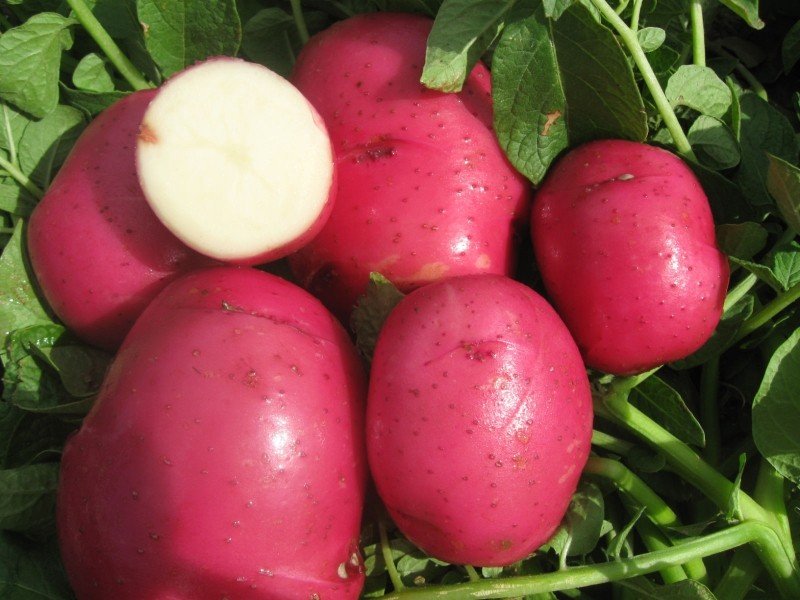Content:
Memphis potatoes
Potatoes are a vegetable crop grown throughout Russia and in other countries (USA, Holland, France). Memphis potatoes are cultivated in the central zone of Russia. The article presents a description of the variety, characteristics, recommendations for growing and caring for a plant, advantages and disadvantages.
Variety characteristics
Memphis potatoes are a medium early variety. The ripening period is 9-10 weeks. Tubers are planted in open ground in mid-April or early May. You can harvest at the end of July. The main collection of potatoes for long-term storage takes place in September. By autumn, the peel becomes denser, the vegetable is ready for winter.
Description of potato Memphis:
- The tubers are large, elongated-oval;
- The peel is dense, red;
- The pulp is light yellow, not boiled;
- The taste can be described as sweetish, delicate, soft;
- 9-11 potatoes grow in one bush;
- The average mass of tubers is 80-160 gr.;
- Varietal composition: dry matter content (19%), starch (14%);
- Potatoes are well stored after harvest (keeping quality - 95%);
- Feature of the variety: it is resistant to diseases (potato cancer, scab, late blight);
- The Memphis variety is drought-resistant.
Site requirements
Potatoes are grown at each summer cottage. Gardeners sometimes face problems in the process of growing vegetables. To get a good harvest, you need to know the simple rules of agricultural technology.
Potatoes are picky about the composition of the soil, lighting, temperature, humidity.
It is recommended to choose an illuminated, heated area for planting tubers. The soil should be light, fertile, the acidity level should be in the range of 5.5-5.8. If the soil is acidic, then dolomite flour or lime is added to the ground.
In the spring, before planting, the earth is dug up and loosened. After that, it is necessary to add organic and mineral fertilizers. 1 m requires 5 kg of manure. Nitrogen, potash and phosphorus fertilizers can be used as mineral additives. Mineral dressings should be applied according to the dosage.
Landing rules
You can start planting tubers in open ground when the ground warms up to 7 degrees. The plot should be flat, for better potato growth it is recommended to make ridges.
In loamy soils, seed tubers are buried by 5-8 cm, if the soil is sandy loam, then by 8-10 cm. The depth is considered from the top of the tuber to the top of the ridge.
Disembarkation instructions:
- Prepare the soil (dig up, loosen, fertilize, remove weed roots, make ridges);
- Sprinkle each hole with ash, then place it in the middle of the tubers;
- Plant potatoes at a distance of 25-30 cm, the distance between the ridges is 70 cm;
- Sprinkle with earth on top.
Before planting, it is advisable not to break off the sprouts. Planting in cold soil is not recommended.
How to care for potatoes
After the tubers are planted outdoors, they need regular maintenance. The main manipulations that need to be done:
- Watering;
- Weeding;
- Loosening (hilling);
- Top dressing;
- Pest control.
Watering can be roughly divided into three stages:
- First step. After planting, potatoes do not need abundant watering. Water interferes with the penetration of oxygen into the soil. If the ground is constantly wet, then it can suffocate and rot;
- Second phase. Budding period until the end of flowering. To get a large harvest, it is important to water the tubers well during this period;
- Stage three. After flowering, the amount of watering is reduced. For a few weeks before harvesting, the soil is not moistened so that the rind becomes denser.
Regular weed control will preserve nutrients in the soil. If weeds are not pulled out in time, they can cause the spread of pests and diseases. When weeds are pulled out from the roots, the soil is loosened and saturated with oxygen.
The leaves should be examined for the presence of the Colorado potato beetle. Pests are collected by hand, leaves with larvae are torn off. You can pickle the tops with special substances.
Memphis potatoes can be grown in conditions of lack of moisture.
Harvesting and storage
Potatoes can be dripped in for food from the end of July. After complete wilting, the tops are harvested the main crop.
To avoid mechanical damage to tubers, the crop must be harvested before frost.
Memphis variety keeps well all winter. You can store it in the basement or cellar.
After digging, the tubers are laid out on film or ground and dried in the sun. After drying, the potatoes should be removed for temporary storage. So you can immediately reject diseased tubers that will begin to rot. The potatoes are sorted out, only healthy tubers should be left for the winter.
Advantages and disadvantages of the variety
Memphis potatoes have a number of advantages:
- Delicate potato taste, not boiled over;
- High-yielding variety;
- Large tubers;
- High keeping quality parameter;
- Resistant to diseases;
- The variety is drought-resistant.
Among the disadvantages is damage to tubers at low temperatures.
Growing potatoes Memphis is within the power of novice gardeners. Simple agrotechnical measures will allow you to grow a good harvest of tasty potatoes in your garden.
